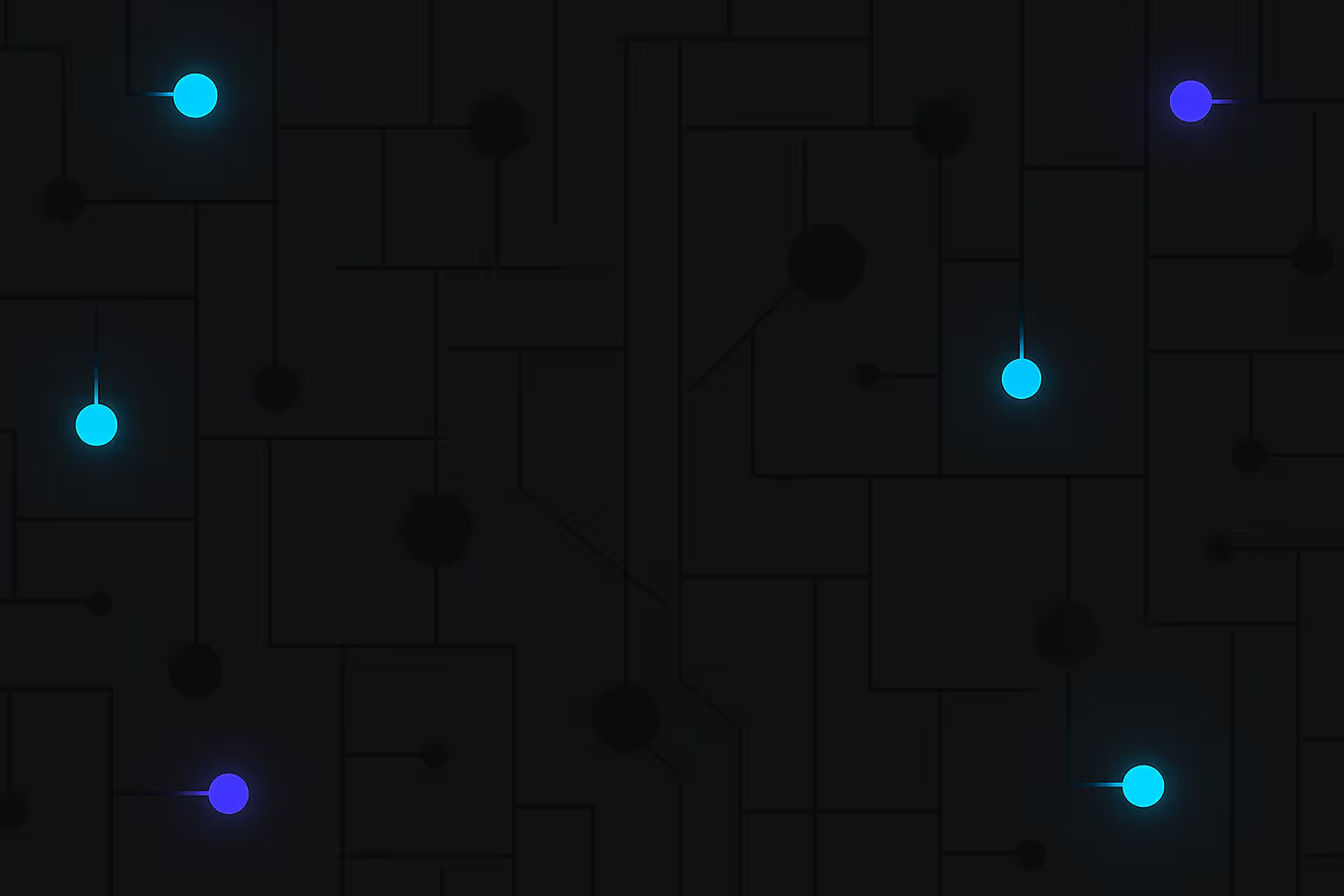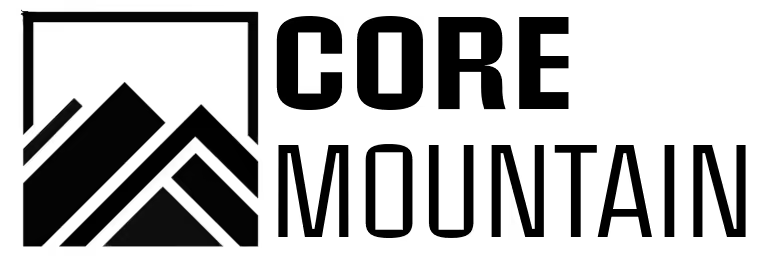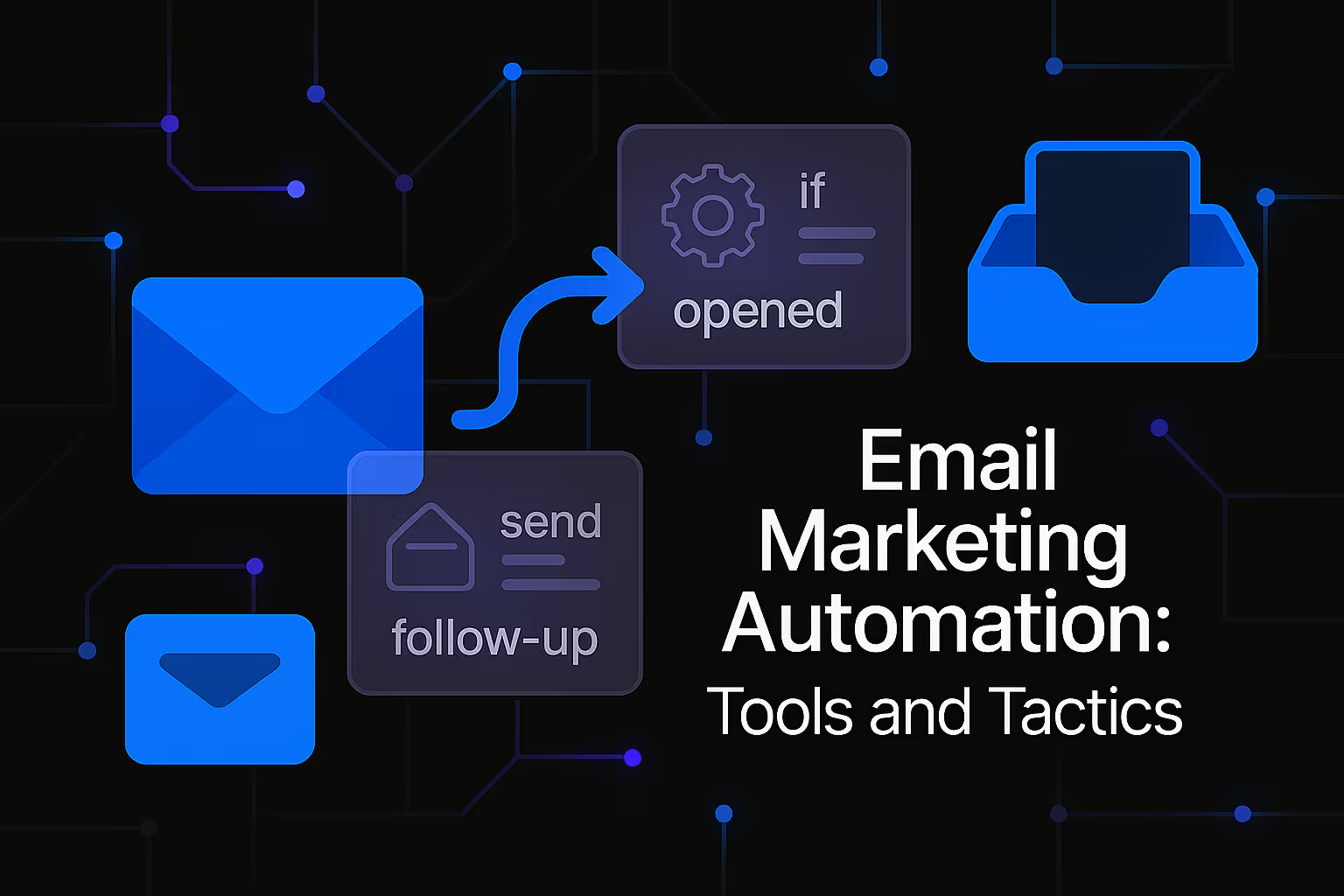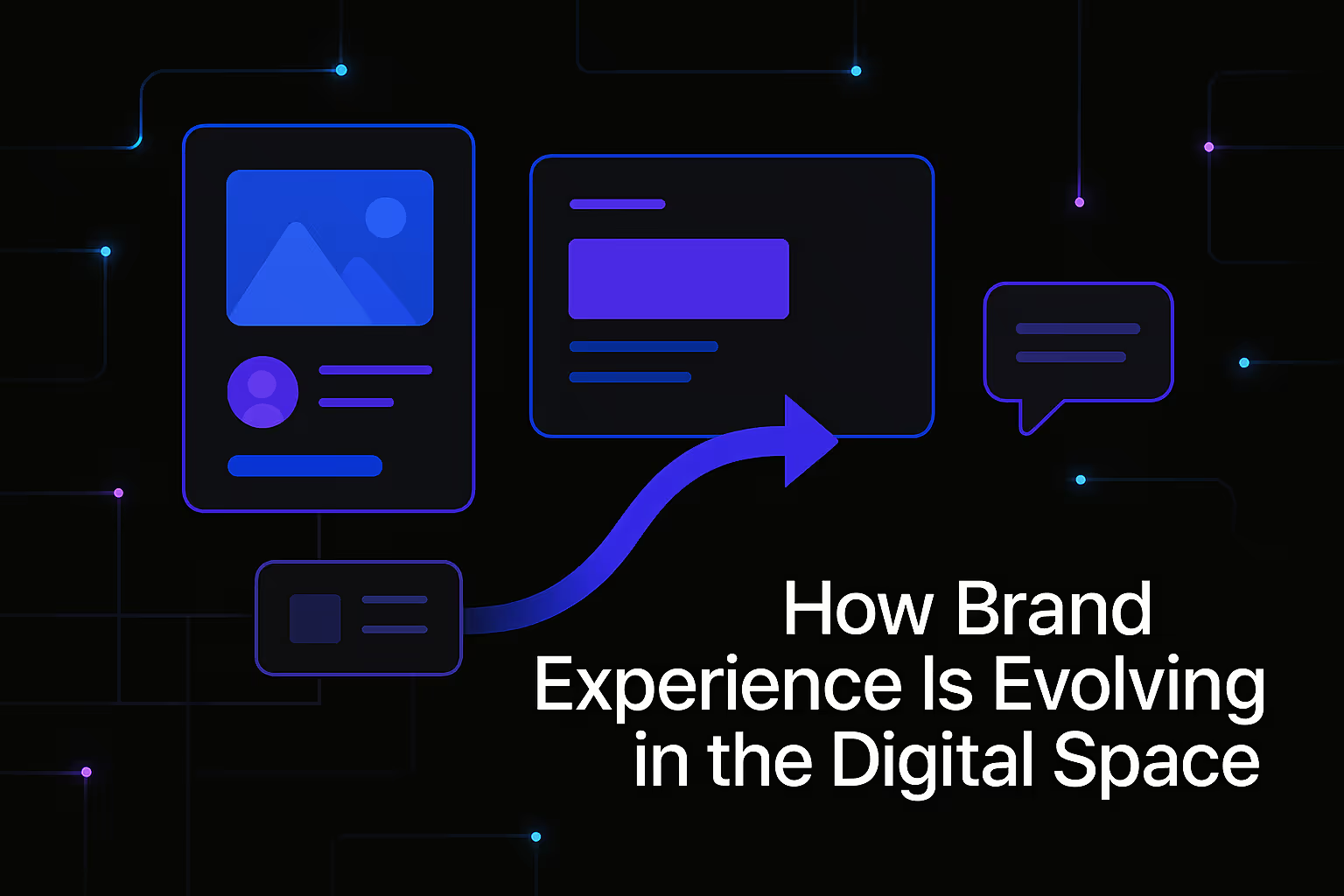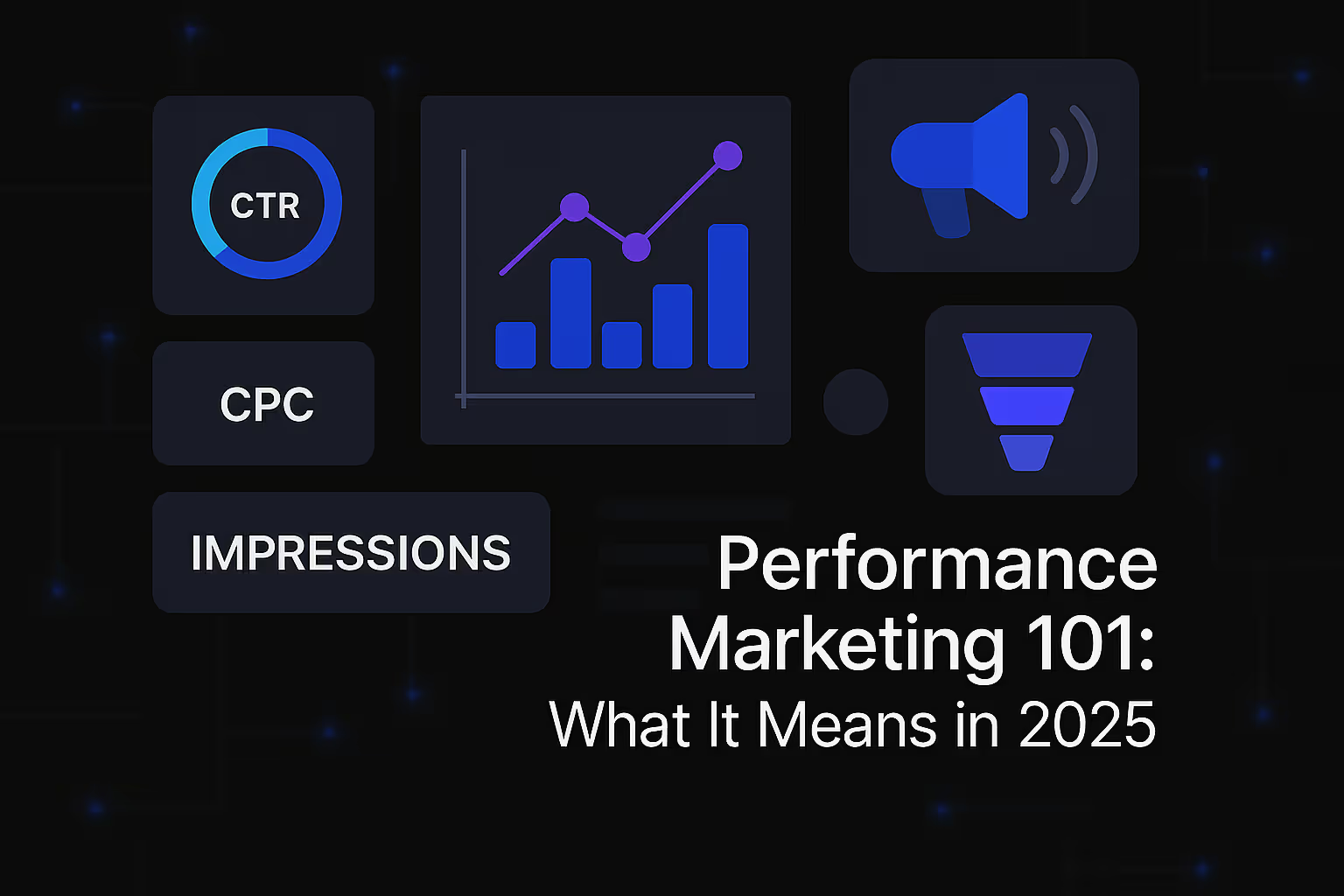What Makes a Great Landing Page for Paid Campaigns?
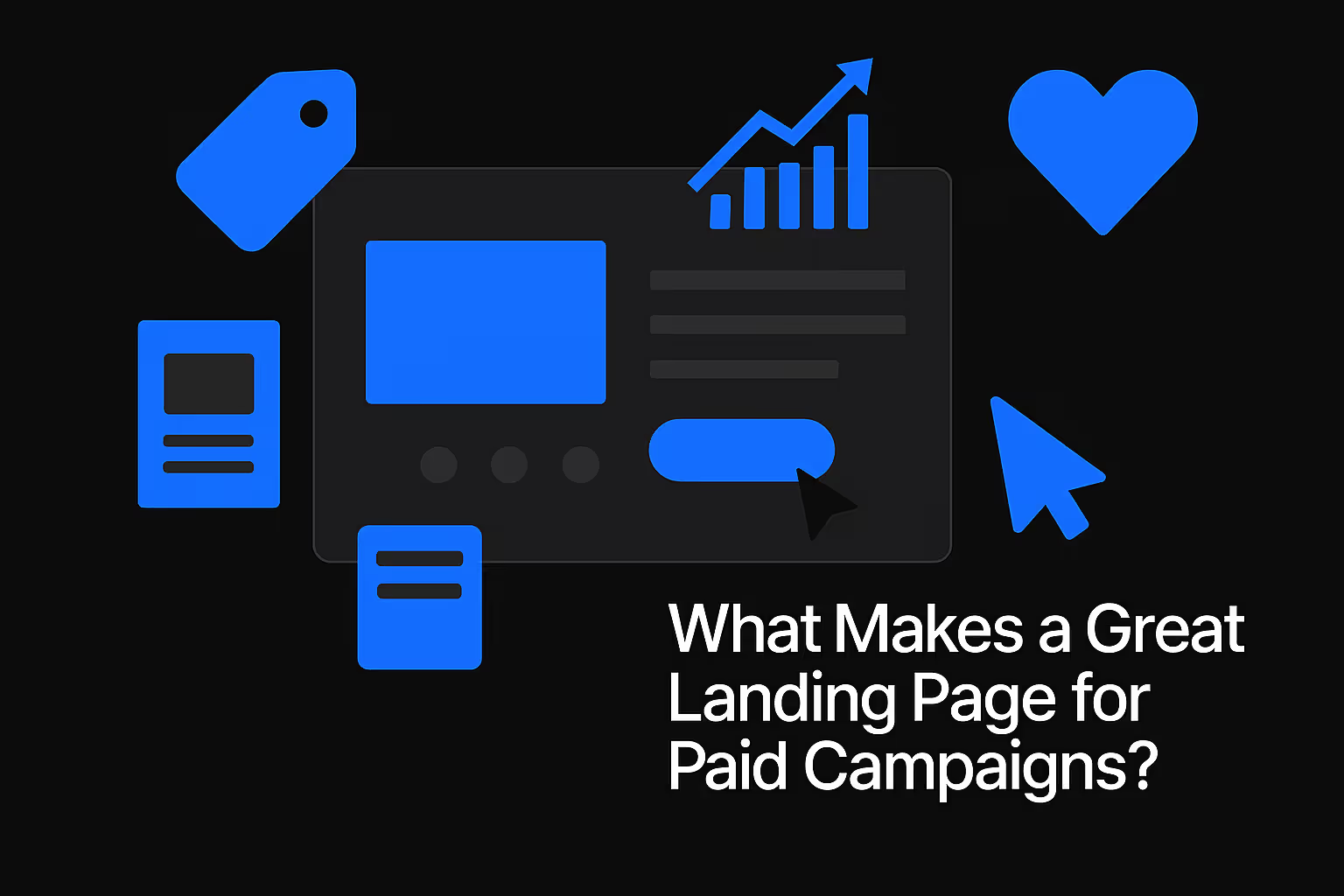
In the dynamic world of digital advertising, a well-crafted landing page stands as the cornerstone of any successful paid campaign. It's more than just a destination; it's a meticulously designed environment intended to convert a casual click into a valuable action, whether that's a purchase, a lead, or a sign-up. Unlike a typical website page that serves multiple purposes, a landing page for paid campaigns has one singular goal: to fulfill the promise made in the advertisement and guide the user seamlessly towards conversion. This dedicated focus on a specific action is what differentiates a high-performing landing page and makes it an indispensable asset in the digital marketer's toolkit. Without a strong landing page, even the most brilliantly conceived paid campaign can fall flat, resulting in wasted ad spend and missed opportunities.
A great landing page acts as a bridge, connecting the user's initial interest, piqued by an ad, with the desired outcome for the business. It must be highly relevant, persuasive, and user-friendly, all while adhering to the underlying principles of search engine optimization (SEO) that ensure its visibility and effectiveness. Even for paid campaigns, where traffic is bought, the underlying SEO health and user experience of the landing page contribute to better Quality Scores in ad platforms, leading to lower costs and higher ad positions. Therefore, understanding the intricate elements that collectively forge an exceptional landing page is paramount for any business looking to maximize its return on advertising investment.
Understanding the Core Purpose of a Landing Page
The fundamental purpose of a landing page in the context of paid advertising is singular and absolute: conversion. Unlike a website's homepage, which might serve to inform, navigate, and entertain across various topics, a landing page is a highly specialized tool. It is the direct follow-up to an advertisement, whether that ad appeared on a search engine results page, a social media feed, or another digital platform. When a user clicks on an ad, they arrive on a landing page with a specific expectation, often driven by the ad's promise. The landing page's job is to fulfill that expectation immediately and efficiently.
This singular focus means stripping away distractions. Navigation menus, excess links, and superfluous information are often removed or minimized to ensure the user's attention remains fixed on the desired action. Every element, from the headline to the call-to-action (CTA) button, is strategically placed and designed to guide the user down a clear, conversion-focused path. It’s about creating a frictionless experience that makes it as easy as possible for the user to complete the intended action, whether that’s filling out a form, making a purchase, or downloading a resource. This dedication to a specific, measurable outcome is what elevates a mere web page to a powerful conversion engine.
Decoding User Intent: The Foundation of Conversion
At the heart of any successful paid campaign landing page lies a profound understanding of user intent. It's not enough to simply drive traffic; that traffic must be relevant, and the landing page must speak directly to what the user hopes to achieve. Decoding user intent means understanding the underlying goal behind a user's search query or their click on an advertisement. This understanding is the absolute foundation upon which a highly effective, conversion-driven landing page is built.
Beyond Keywords: The Power of Search Intent Analysis
While keywords are the initial trigger for an ad and subsequent landing page visit, the true power lies in grasping the search intent behind those keywords. User intent can broadly be categorized into four types:
- Informational Intent: The user is seeking knowledge or answers to questions, such as "how to write better content."
- Navigational Intent: The user aims to reach a specific website or online property they already know, for example, "Facebook login."
- Commercial Investigation Intent: The user is researching products or services with an intention to purchase in the near future, often comparing options, such as "best coffee maker" or "alternatives to Adobe Photoshop."
- Transactional Intent: The user intends to complete a purchase or a specific action, like "buy [product]" or "sign up for [trial]."
For paid campaigns, the Commercial Investigation and Transactional intents are overwhelmingly the most relevant. An ad clicked with transactional intent demands a landing page that facilitates immediate action, often a product page with a clear "Add to Cart" or "Buy Now" button. An ad clicked with commercial investigation intent requires a page that offers detailed analysis, comparisons, reviews, or guides, meticulously nudging the user towards a decision. Understanding this distinction is crucial because a page designed for informational intent will not convert a user with transactional intent, leading to wasted ad spend.
This deeper understanding also highlights the importance of long-tail keywords. These are longer, more specific phrases that users type into search engines, often demonstrating a much higher purchase intent. For instance, "best price on running shoes for flat feet" demonstrates significantly higher purchase intent than a generic search for "shoes." Long-tail keywords are often easier to rank for due to reduced competition and are particularly effective in paid campaigns for capturing highly targeted traffic with a greater conversion potential. They align perfectly with commercial investigation and transactional intent, ensuring that the traffic arriving on your landing page is already primed for conversion.
Aligning Content with Intent for Maximum Relevance
Once search intent is determined, the entire landing page experience must be meticulously aligned with it. This alignment ensures that the content directly satisfies the user's query and meets their expectations, which were set by the advertisement they clicked. If the ad promises a discount on a specific product, the landing page must immediately deliver that offer, with clear steps to claim it. If the ad promotes a free trial of a service, the landing page should focus on the benefits of that service and provide an immediate sign-up form.
Misaligned intent is a primary reason for high bounce rates and poor campaign performance. Imagine clicking an ad for "buy red running shoes" only to land on a blog post about the history of athletic footwear. This disconnect immediately frustrates the user and leads them to abandon the page. Conversely, when the landing page perfectly mirrors the user's intent and the ad's promise, it creates a seamless, intuitive experience that significantly increases the likelihood of conversion. Every headline, image, piece of copy, and form field should serve to reinforce the original intent and guide the user towards the desired outcome. This precision in matching content to intent is a hallmark of a great landing page and directly impacts both user satisfaction and campaign profitability.
Crafting Compelling Copy that Converts
The words on your landing page are not just text; they are powerful tools of persuasion. Compelling copy is what transforms a visitor into a customer, a lead, or a subscriber. It’s about more than just describing a product or service; it’s about speaking directly to the user’s needs, desires, and pain points, and then offering a clear, irresistible solution. Every word on a landing page must earn its place by contributing to the overarching goal of conversion.
The Art of Keyword Integration
While keyword density is less critical than it once was, the natural integration of relevant keywords remains vital for a high-performing landing page, even for paid campaigns. Search engines, through their sophisticated crawlers, are capable of understanding context and semantic relationships. This means that simply stuffing keywords into your content is not only ineffective but can actually harm readability and user experience, ultimately leading to negative impacts on your Quality Score and conversion rates.
Instead, the focus should be on weaving primary, secondary, and semantic variations of your target keywords seamlessly into the narrative. If your campaign is for "eco-friendly water bottles," your landing page copy should naturally discuss "sustainable hydration solutions," "reusable drink containers," and the "environmental benefits of eco-conscious choices." The goal is to cover the topic comprehensively without resorting to unnatural phrasing. This natural language integration, leveraging semantic understanding, ensures that your page is contextually rich and relevant to both users and search engines, reinforcing the message of your paid advertisement. It helps search engines categorize your page accurately, even if organic ranking isn't the primary goal, which can still indirectly benefit your ad campaigns through better relevance scores.
Persuasive Headline and Subheadline Strategies
The headline is the first, and often the most critical, element of your landing page. It must grab attention immediately, reiterate the promise of the ad, and convey the primary benefit or offer. A strong headline is concise, clear, and compelling, often incorporating the main keyword or the core value proposition. For example, if your ad offers "50% Off Premium Skincare," your headline might be "Unlock Radiant Skin: Get 50% Off Our Premium Skincare Collection Today!" It sets the tone and primes the visitor for what's to come.
Subheadlines then serve to break down the information, making the page digestible and guiding the user through the message. They elaborate on the headline's promise, highlight key benefits, or introduce different sections of content. Subheadlines should be benefit-driven and provide a clear, logical flow, helping users quickly scan the page and grasp the most important points without having to read every single word. Together, compelling headlines and strategic subheadlines create a powerful visual and textual hierarchy that captures attention and directs the user's focus towards the conversion goal.
Clear, Concise, and Action-Oriented Body Content
The body content of your landing page must be clear, concise, and focused on motivating action. This is not the place for lengthy essays or tangential information. Every paragraph, every sentence, should contribute to the conversion funnel. Focus on benefits over features. Users are primarily interested in how your product or service will solve their problems or improve their lives, not just a list of specifications. Instead of saying "Our software has X feature," say "Our software helps you save Y hours per week."
Use compelling language that resonates with your target audience. Employ strong verbs and emotional appeals where appropriate. Address potential objections or questions proactively within the copy. If shipping costs are a concern, mention "Free shipping on all orders." If users might hesitate due to commitment, highlight "No credit card required for trial." The copy should build trust, establish credibility, and progressively lead the user closer to the call to action. Keep sentences relatively short and paragraphs digestible, making the content easy to skim and understand. This clarity and directness are paramount for maintaining user engagement and driving conversions.
Design and User Experience: The Visual Pathway to Conversion
While compelling copy is the voice of your landing page, its design and overall user experience are its body language. An intuitive, visually appealing, and highly functional design creates a frictionless journey for the user, guiding them effortlessly towards the desired action. The visual elements are not merely decorative; they are strategic components that reinforce the message, build trust, and minimize cognitive load. A great landing page design is purposeful, clean, and singularly focused on conversion.
Intuitive Layout and Visual Hierarchy
An intuitive layout is crucial for a positive user experience. This means a clean, uncluttered design where the most important information is immediately visible and easily digestible. Users should not have to hunt for the core message or the call to action. A strong visual hierarchy guides the user's eye naturally from the headline to the key benefits, social proof, and ultimately, to the conversion button. This is achieved through strategic use of white space, contrasting colors for important elements, varying font sizes, and thoughtful placement of images.
The layout should eliminate distractions. Navigation bars, multiple external links, and excessive pop-ups can divert attention away from the primary goal. A well-designed landing page funnels the user's focus directly towards the intended action, making the path to conversion clear and unobstructed. A simple, logical flow is paramount, ensuring that users can quickly understand what is being offered and what they need to do next.
Optimizing Images and Multimedia for Engagement and SEO
High-quality images and multimedia elements significantly enhance engagement and can powerfully convey messages that words alone might struggle to communicate. They break up text, illustrate concepts, and build an emotional connection. Crucially, images should be added near relevant text within the content to provide visual context. For a product, show it in use; for a service, depict the benefit.
Beyond aesthetics, optimizing images and multimedia also has important SEO implications, even for paid campaign landing pages. All images must include descriptive alt text. Alt text serves two primary purposes: it helps search engines understand the image content, which reinforces the page's relevance to your keywords, and it improves accessibility for users with visual impairments who rely on screen readers. While keywords can be included in alt text, it's vital to avoid keyword stuffing; the alt text should accurately describe the image.
For videos, best practices include creating high-quality content that is directly relevant to the offer. Embed videos on the landing page near relevant text, and ensure they have descriptive titles and descriptions. Accessibility for all multimedia elements is an important consideration, providing captions for videos or transcripts to ensure the content is available to everyone. These optimizations contribute to a better overall user experience, which search engines implicitly reward through improved user signals like lower bounce rates and longer time on page.
The Power of a Clear Call-to-Action (CTA)
The call-to-action (CTA) is perhaps the most critical element on any landing page for a paid campaign. It is the literal instruction for what you want the user to do next, and its effectiveness directly correlates with your conversion rates. A great CTA is highly visible, prominent, and impossible to miss. It should stand out from the rest of the page, often achieved through contrasting colors, ample white space, and a button-like design.
The language used in the CTA is equally important. It should be action-oriented and benefit-driven, telling the user exactly what will happen when they click. Instead of a generic "Submit," opt for "Get My Free Ebook," "Start Your Free Trial," or "Claim Your Discount Now." This clarifies the value proposition and reduces friction. Minimizing distractions around the CTA is also crucial; avoid placing competing offers or extraneous links too close to it, ensuring that the user’s focus remains squarely on completing the desired action.
Mobile Responsiveness and Page Speed
In today's mobile-first world, mobile responsiveness is no longer an option; it's a mandatory requirement for any effective landing page. A significant portion of paid campaign clicks now originate from mobile devices, and if your landing page isn't optimized to display perfectly on various screen sizes, you'll alienate a large segment of your potential audience. A responsive design ensures that the layout, images, and forms automatically adjust, providing an optimal viewing and interaction experience regardless of the device.
Equally critical is page speed. Users, especially those coming from paid ads, have little patience for slow-loading pages. Even a delay of a few seconds can lead to a significant drop-off in conversions and a higher bounce rate. Page speed impacts both user experience and search engine ranking. Faster loading times lead to happier users, better Quality Scores in ad platforms, and ultimately, higher conversion rates and lower costs. Optimizing images, leveraging browser caching, and minimizing unnecessary scripts are common strategies to ensure your landing page loads lightning-fast.
Technical SEO Considerations for Paid Campaign Landing Pages
While the immediate goal of a paid campaign landing page is conversion from paid traffic, ignoring technical SEO elements would be a disservice to its overall performance and potential. These underlying technical factors can influence how search engines perceive the page, which, in turn, can indirectly impact ad Quality Scores and even organic visibility if the page accidentally gets indexed. A technically sound landing page provides a solid foundation for both paid and potential organic success.
Meta Titles and Descriptions for Paid Campaigns
Although the primary traffic source for these pages is paid advertising, the meta title and meta description still play a role. They inform search engines about the page's content and can appear if the page is indexed or shared socially. A compelling meta title should include your primary keyword near the beginning, be concise (ideally under 60 characters to avoid truncation in search results), and be compelling enough to encourage clicks, even if those clicks aren't directly from organic search results. It reinforces the ad's message and clarifies the page's purpose.
The meta description serves as a brief summary of the page content. It should also include your primary keywords naturally and act as a compelling snippet that entices users to learn more. While it doesn't directly influence organic ranking as much as it once did, a well-crafted meta description can still improve click-through rates if the page appears in search results or is shared on social media. It also helps search engines confirm the page's relevance to your target keywords, contributing to a holistic understanding of your content.
Structured Data and Schema Markup
While not always a critical element for every landing page, structured data and Schema Markup can help search engines understand the content of your page more effectively. For highly specific product or service landing pages, adding schema markup (e.g., Product schema, Service schema, LocalBusiness schema) can provide rich snippets in search results, which can increase organic visibility and click-through rates if the page happens to rank organically. While its direct impact on paid ad performance is less pronounced, it contributes to a more comprehensive and machine-readable understanding of your content, which is always beneficial for overall web presence. It tells search engines exactly what the page is about in a structured format, leaving less room for misinterpretation.
URL Structure and Canonicalization
A clean, descriptive URL structure is beneficial for both users and search engines. A concise and readable URL (e.g., yourdomain.com/product-name instead of yourdomain.com/p?id=123&cat=456) helps users understand the page's content at a glance and can improve memorability. It also provides another opportunity to include relevant keywords, reinforcing the page's topic.
Canonicalization is crucial if you have multiple versions of a landing page (e.g., for A/B testing or tracking purposes) that contain very similar content. A canonical tag tells search engines which version is the "master" copy, preventing duplicate content issues that can dilute SEO value. Even for pages primarily driven by paid traffic, ensuring proper canonicalization prevents search engines from indexing multiple near-identical pages, which can confuse crawlers and potentially waste crawl budget, indirectly impacting the perceived authority of your site.
Analytics and Iteration: The Path to Continuous Improvement
Building a great landing page is not a one-time task; it's an ongoing process of analysis, testing, and refinement. The digital landscape is constantly evolving, and user behavior shifts, so continuous optimization is essential to maintain and improve conversion rates. The best landing pages are living assets, perpetually honed through data-driven insights.
Tracking Key Performance Indicators (KPIs)
To effectively optimize, you must first define and track the right Key Performance Indicators (KPIs). For paid campaign landing pages, the most critical KPIs typically include:
- Conversion Rate: The percentage of visitors who complete the desired action. This is the ultimate measure of success.
- Bounce Rate: The percentage of visitors who leave the page after viewing only one page. A high bounce rate often indicates a disconnect between the ad and the landing page, or poor user experience.
- Time on Page: The average amount of time visitors spend on your landing page. While not a direct conversion metric, a longer time on page can suggest higher engagement.
- Cost Per Conversion (CPC): The total cost of your ad campaign divided by the number of conversions. This metric ties performance directly to profitability.
Beyond these, tracking where users click, how far they scroll, and where they abandon the conversion funnel provides invaluable qualitative data. These metrics collectively paint a comprehensive picture of user behavior, highlighting areas of strength and identifying opportunities for improvement. Setting up proper tracking through tools like Google Analytics and your ad platform's conversion tracking is the first step towards data-driven optimization.
A/B Testing and Optimization
Once you have established reliable tracking, the true power of A/B testing and optimization comes into play. A/B testing, also known as split testing, involves creating two versions of a landing page element (e.g., two different headlines, CTA button colors, or form layouts) and showing each version to a segment of your audience to determine which performs better. This methodical approach removes guesswork and allows you to make data-backed decisions.
Elements commonly A/B tested include:
- Headlines and Subheadlines: Small tweaks can significantly impact initial engagement.
- Call-to-Action (CTA) Text and Design: The wording, color, size, and placement of your CTA button are critical.
- Body Copy: Testing different persuasive angles, benefit statements, or lengths.
- Imagery and Video: Different visuals can evoke different emotional responses and impact trust.
- Form Fields: The number of fields, their labels, and placement can affect completion rates.
- Overall Layout and Design: Testing different arrangements of elements.
The process is cyclical: identify a hypothesis based on your KPIs, design an A/B test, run the test, analyze the results, implement the winning variation, and then repeat the process with a new hypothesis. This continuous cycle of testing and refinement ensures that your landing pages are always evolving towards peak performance, maximizing your advertising return on investment.
A great landing page for paid campaigns is a multifaceted, highly optimized digital asset. It is born from a deep understanding of user intent, crafted with compelling, conversion-focused copy, designed for an intuitive and frictionless user experience, and supported by sound technical SEO practices. Crucially, its excellence is sustained through a continuous cycle of data analysis and iterative A/B testing. It's not just about attracting clicks; it's about transforming those clicks into measurable, valuable actions for your business. By meticulously focusing on these core elements, businesses can elevate their paid campaigns from merely generating traffic to consistently driving significant conversions and achieving their marketing objectives.
Similar Insights
Stay Updated with Our Insights
Join our newsletter for the latest trends and tips in web development and digital marketing.
